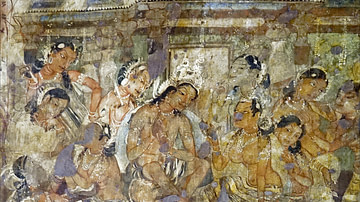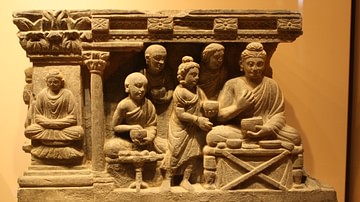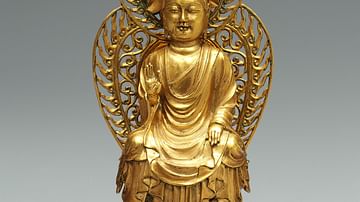Video
Cite This Work
APA Style
Kyokai, U. T. N. N. H. (2018, July 27). Ruins of the Buddhist Vihara at Paharpur (UNESCO/NHK). World History Encyclopedia. Retrieved from https://www.worldhistory.org/video/1446/ruins-of-the-buddhist-vihara-at-paharpur-unesconhk/
Chicago Style
Kyokai, UNESCO TV NHK Nippon Hoso. "Ruins of the Buddhist Vihara at Paharpur (UNESCO/NHK)." World History Encyclopedia. Last modified July 27, 2018. https://www.worldhistory.org/video/1446/ruins-of-the-buddhist-vihara-at-paharpur-unesconhk/.
MLA Style
Kyokai, UNESCO TV NHK Nippon Hoso. "Ruins of the Buddhist Vihara at Paharpur (UNESCO/NHK)." World History Encyclopedia. World History Encyclopedia, 27 Jul 2018, https://www.worldhistory.org/video/1446/ruins-of-the-buddhist-vihara-at-paharpur-unesconhk/. Web. 25 Apr 2025.





